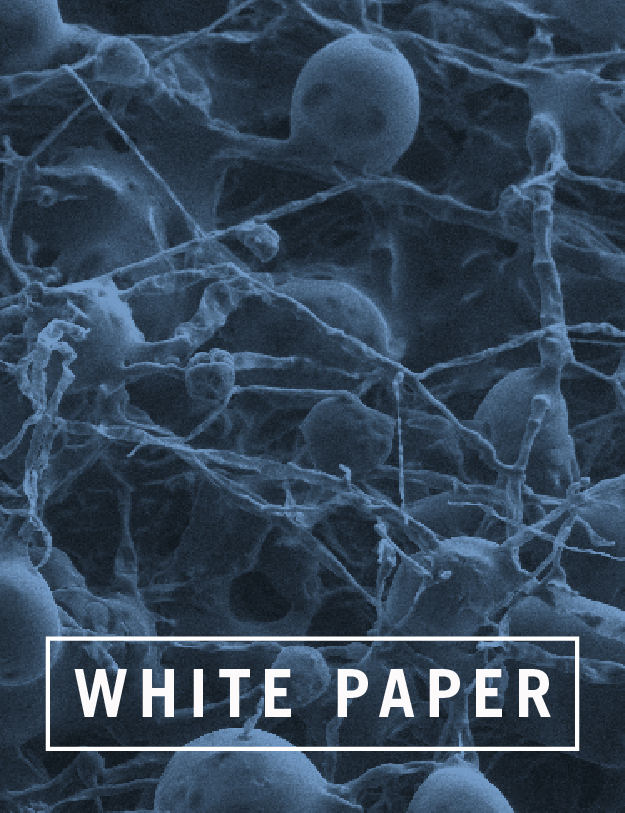Case Studies
Search >>
Are you a food safety, quality, design, packaging production, or risk mitigation professional? Learn the top reasons for packaged food, beverage, and ingredient failures—and what to do when faced with a crisis scenario.
Does your food or supplement package contain translucent packaging? If so, your product and its ingredients could be susceptible to photochemical changes. This infographic illustrates the mechanics of photostability studies as well as the key attributes and product types impacted by light exposure.
This white paper explores off-flavor and odor investigations performed by Eurofins SFA. Authored by Eurofins' scientist Jamie Willems Ph.D.
The suspected toxicity risks of microplastics as contaminants in drinking water sources have been known for years. However, public concerns recently thrust microplastics to the forefront of the health and safety conversation. In our webinar, Dr. Mike Dziewatkoski of Eurofins SF Analytical covers the current status of microplastics testing.
Air, gas, water, and ice used in manufacturing processes must be properly maintained and regularly tested in order to ensure compliance with regulations and safety for consumers. Our webinar aims to clear the mystery surrounding these standards and regulations. Viewers will learn how to navigate the appropriate requirements while protecting their customers.
Fingerprinting Fruits Using Coumarins & Psoralens, Authentication Tool for Meyer Lemons
Originally showcased at the 2016 annual AOAC meeting, this poster presents data for the “new” variety that will be valuable to anyone who buys or uses this type of fruit for processing.
This Proposition 65 Guide will help food, ingredient, and supplement companies navigate the regulatory and testing challenges that Proposition 65 presents when selling products into the state of California.
Although many genera of bacteria produce lactic acid as a primary or secondary end-product of fermentation, the term Lactic Acid Bacteria (LAB) is conventionally reserved for genera in the order Lactobacillales. LAB have many applications in food production and spoilage, all of which apply when considering when and how to test for lactic acid bacteria in food.
Whether it’s a finished food item or a component of pharmaceuticals, identifying suspect batches of any product is an important part of the quality control process. In this webinar, Michael Dziewatkoski of Eurofins gives you the inside look into analysis of foreign materials along with actual case studies.
















